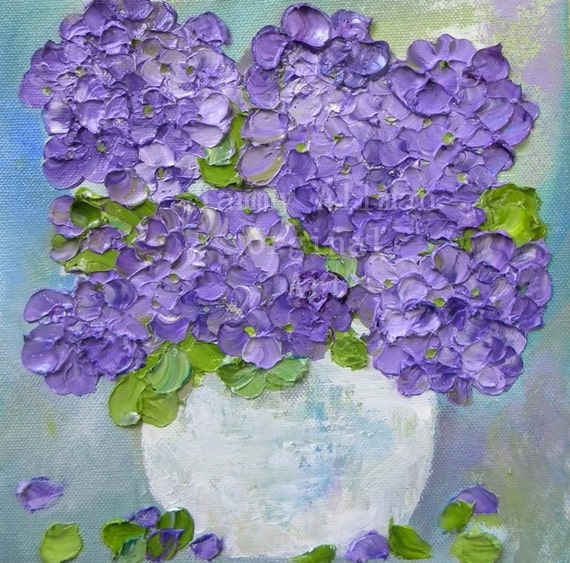Hydrangea (/ha?'dre?nd?i?/;common titles hydrangea or hortensia) is a genus of 70-75 kinds of flowering vegetation indigenous to southern and eastern Asia (China, Japan, Korea, the Himalayas, and Indonesia) and the Americas. By far the greatest varieties diversity is in eastern Asia, notably China, Japan, and Korea. Most are shrubs 1 to 3 meters extra tall, but some are small trees and shrubs, and more lianas achieving up to 30 m (98 ft) by climbing up trees and shrubs. They can be either deciduous or evergreen, though the greatly cultivated temperate varieties are all deciduous.Having been introduced to the Azores, H. macrophylla is now very common, particularly on Faial, which is recognized as the "blue island" due to the multitude of hydrangeas present on the island.Life cycleHydrangea blossoms are created from early spring to late fall months; they expand in flowerheads (corymbs or panicles) most often at the ends of the stems.
Typically the flowerheads contain two types of flowers: small non-showy plants in the guts or interior of the flowerhead, and large, showy bouquets with large multi-colored sepals (tepals). These showy blooms tend to be expanded in a ring, or to the surface of the tiny flowers. Crops in outdoors populations typically have few to nothing of the showy bouquets, while cultivated hydrangeas have been preferred and bred to have more of the larger type plants.There are two flower arrangements in hydrangeas with Corymb style inflorescens, which includes the commonly grown "bigleaf hydrangea"--Hydrangea macrophylla. Mophead blooms are large spherical flowerheads resembling pom-poms or, as the name suggests, the relative mind of an mop. In contrast, lacecap flowers bear round, flat flowerheads with a center core of subdued, small blooms encircled by outer wedding rings of larger blooms having showy tepals or sepals.
The blossoms of some rhododendrons and viburnums can look, at first glance, just like those of some hydrangeas.Colors and garden soil acidityIn most species the flowers are white, but in some kinds (notably H. macrophylla), can be blue, red, pink, light purple, or dark crimson. In these kinds the colour is damaged by the existence of lightweight aluminum ions which are available or tangled up depending upon the earth pH. For H. macrophylla and H. serrata cultivars, the flower color can be determined by the relative acidity of the soil: an acidic soil (pH below 7), will supply aluminum ions and produce flowers that are blue to purple typically, whereas an alkaline soil (pH above 7) will tie up aluminum ions and cause pink or red flowers.
This is caused by a color change of the flower pigments in the presence of aluminium ions that can be adopted into hyperaccumulating crops.[6] Decreasing the pH of potting soils or mixes usually does not change the rose color to blue, because these soils haven't any aluminum ions. The capability to blue or pink a hydrangea is inspired by the cultivar also. Some plants are selected for his or her ability to be blued, while some are bred and selected to be red, white or pink. The flower color of all other Hydrangea species is not influenced by aluminum and can't be changed or shifted. Hydrangeas also have a nickname called 'Change Rose'.
Still Life Painting, Hydrangea Flower, Original Oil on wood panel
Purple Hydrangeas Oil Painting, Hydrangea Oil Impasto. Palette Knife

Tidak ada komentar:
Posting Komentar